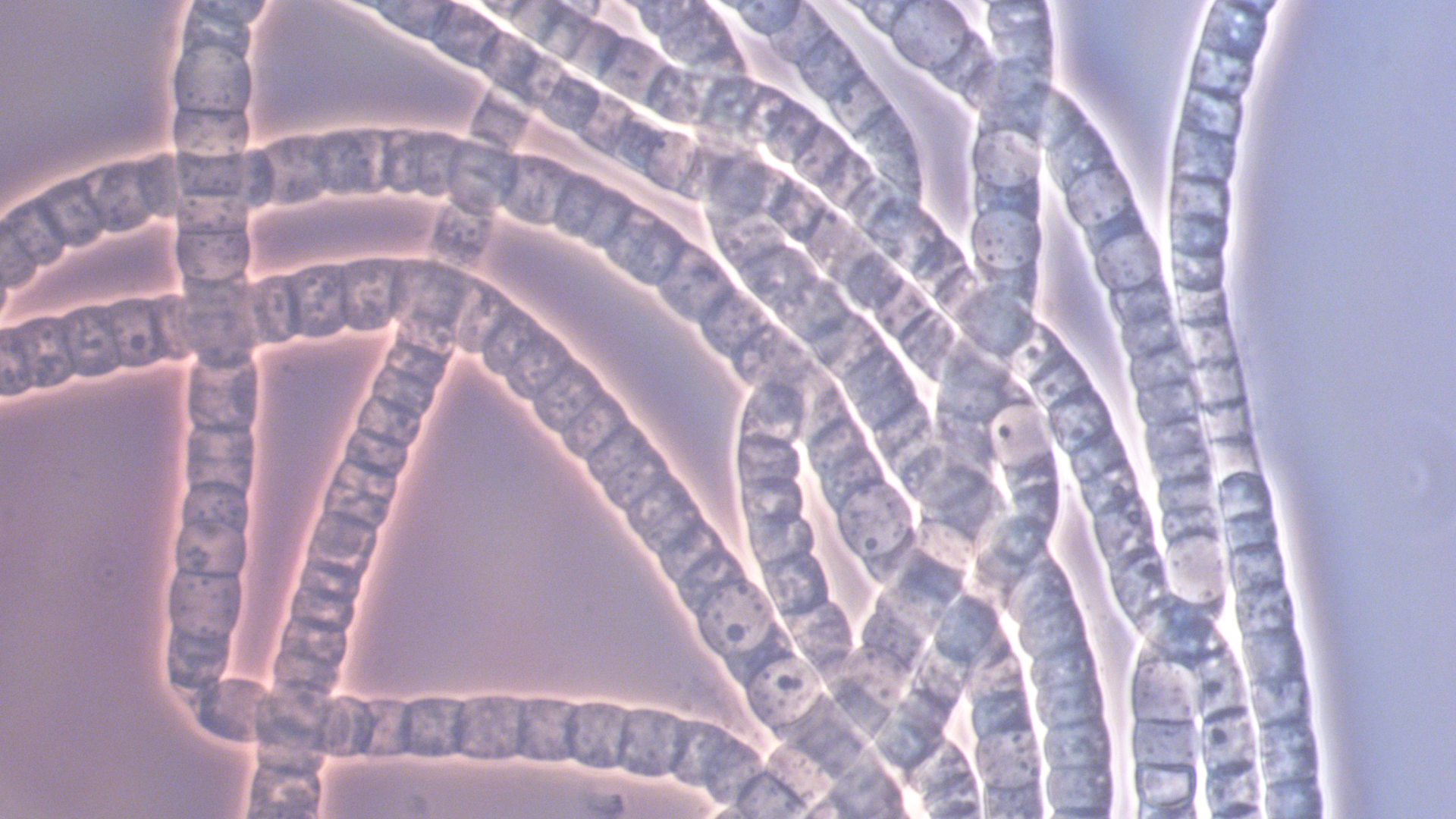It is estimated that more than 95 percent of all living things consist of microbes. This invisible life has been performing an enormous number of diverse tasks on our planet for 3.6 billion years. They make our world a habitable and sustainable ecosystem. Microbes are at the beginning and end of every food chain, produce more than half of the oxygen in our atmosphere, recycle almost everything, and keep animals and plants healthy by living in symbiosis with them.
Many of these microbial tasks can be used to solve environmental problems. For example, they can serve as an alternative for chemical pesticides and fertilizers in agriculture, we can use them as a green alternative to fossil fuels, and they can clean up oil pollution and even radioactive waste. The possibilities are as limitless as the microworld itself.
A better world starts in Micropia
Come to Micropia and meet a wide range of these sustainable all-rounders. Discover the benefits of probiotic soap. Meet microbes that ferment manure from elephants into super compost. Discover how baker's yeast is used for all sorts of sustainable solutions and find out how to make slippers out of fungi.
E-waste
In the production process of telephones, computers and other devices, microbes can offer a sustainable alternative. The current electronics industry is an enormous polluter. The production results in a lot of air, water and soil pollution. Besides that, devices that are not recycled, form the fastest growing waste stream in the world. We call this E-waste. This problem is mainly due to the raw materials, such as heavy metals and petroleum-based plastics. These substances not only cause a lot of pollution, but are also difficult to recycle and cost a lot of energy to produce.
Smartphone full of bacteria?
Cable bacteria may hopefully replace these polluting substances in the future. These chain forming bacteria are one of the most promising discoveries of recent years. They live in mud on the ocean floor and have an 'electrical metabolism'. This means they are capable of generating energy from deeper layers of the seabed.
What makes them really special is their ability to pass on the generated electrons to each other. They are able to do this super-efficiently and over long distances. The cable bacteria use a unique fibre in their cell wall to do this. These fibres can carry as much current as a copper cable, and conduct as well as the most modern conductors in solar panels. This is remarkable, given that other biological materials - such as proteins, carbohydrates, lipids or nucleic acids - are very poor conductors.

The superconducting fibres in cable bacteria can be used in all kinds of new materials and technologies. As a biodegradable alternative for metals and polymers that are very polluting and difficult to recycle, cable bacteria could make the production and use of our electronics extremely sustainable. Who knows, maybe in a few years time your smartphone will consist largely of bacteria!
